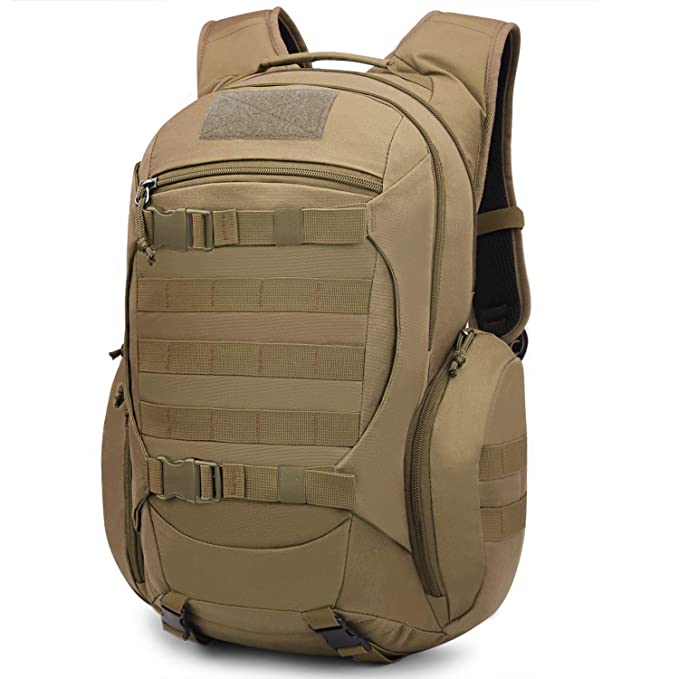June 16, 2025
Choosing the right camping backpack is more than just picking a size or color—it’s about comfort, weight distribution, and trip-specific features. Many outdoor enthusiasts unknowingly choose backpacks that don’t match their journey. To help you avoid this, we’ll break down the essential factors with real examples, data-backed tips, and an easy selection process.
When exploring your options, it's essential to consider hiking backpack comfort, backpack capacity for trekking, and multi-day camping gear compatibility. These three aspects alone can make or break your outdoor experience. Check out the tips below to ensure you select a pack that supports you from trailhead to summit.

Backpacks are not one-size-fits-all. Day trips, overnight hikes, and multi-day expeditions require different features and capacities.
Sarah chose a 70L pack for a 2-hour hike. After 30 minutes, shoulder pain ruined the experience. A 20L daypack would have been enough.
| Trip Type | Duration | Recommended Capacity |
|---|---|---|
| Day Hike | 3–8 hours | 15–30L |
| Overnight | 1–2 nights | 35–50L |
| Multi-day | 3+ nights | 50–80L |
Fit and weight distribution are crucial. Look for adjustable torso lengths, padded hip belts, and ventilated back panels to reduce fatigue and injury.
Backpacks with adjustable shoulder straps reduce spinal load by up to 20% during steep hikes.
For optimal comfort, many professionals recommend investing in ergonomic hiking backpacks that match your torso length and frame size. This ensures long-haul comfort, especially when you're carrying heavy camping gear storage packs.
Efficient packing is key for outdoor survival. A great backpack should have multiple compartments, hydration sleeves, and side access zippers.
Backpacks with at least 4 compartments improve gear access speed by 45% during emergency situations.
Consider bags designed for multi-day backpacking that feature sleeping bag compartments, external straps, and hydration bladder compatibility.
Choose lightweight yet durable materials like ripstop nylon or polyester. Weatherproofing ensures your gear stays dry in sudden rain or snow.
A study of 200 hikers showed 67% experienced rain during multi-day hikes. Those using waterproof backpacks reported zero gear damage.
A well-fitted backpack prevents back pain and improves hiking efficiency. Here’s how to fit your pack:
Measure your torso length (not height).
Adjust shoulder straps to align with shoulder blades.
Secure the hip belt snugly over the hip bones.
Use load lifters to pull weight toward your upper back.
Fasten the sternum strap for chest stability.
Your camping goals will evolve, and so should your gear. Choose a modular and versatile camping backpack that supports both short and extended trips. Remember, comfort trumps capacity when it comes to hiking safety.
Want premium designs trusted by outdoor explorers worldwide? Dione offers top-tier camping gear engineered for both casual and expert hikers.
What size camping backpack should I get?
Depends on trip duration. Refer to the capacity chart above.
Should I choose a waterproof or water-resistant backpack?
Waterproof is preferred for longer hikes in uncertain weather.
Are camping backpacks unisex?
Many are unisex, but women-specific models offer better torso and hip fit.
Latest News
How to Improve the Comfort of Customized Gym Backpacks
May 12, 2023
When customizing fitness backpacks for your customers—whether you're a brand owner, wholesaler, or gym chain— carrying comfort is not a luxury, but a necessity. An uncomfortable backpack leads to poor user feedback, higher return rates, and damage to your brand perception. That’s why ergonomic design must be central in your customization process.
What Are the Design Highlights of Customized Gym Backpacks
May 12, 2023
When designing a customized gym backpack for your brand or retail line, capacity and internal compartment configuration are among the first elements your customers will evaluate.
Related Products

Contact